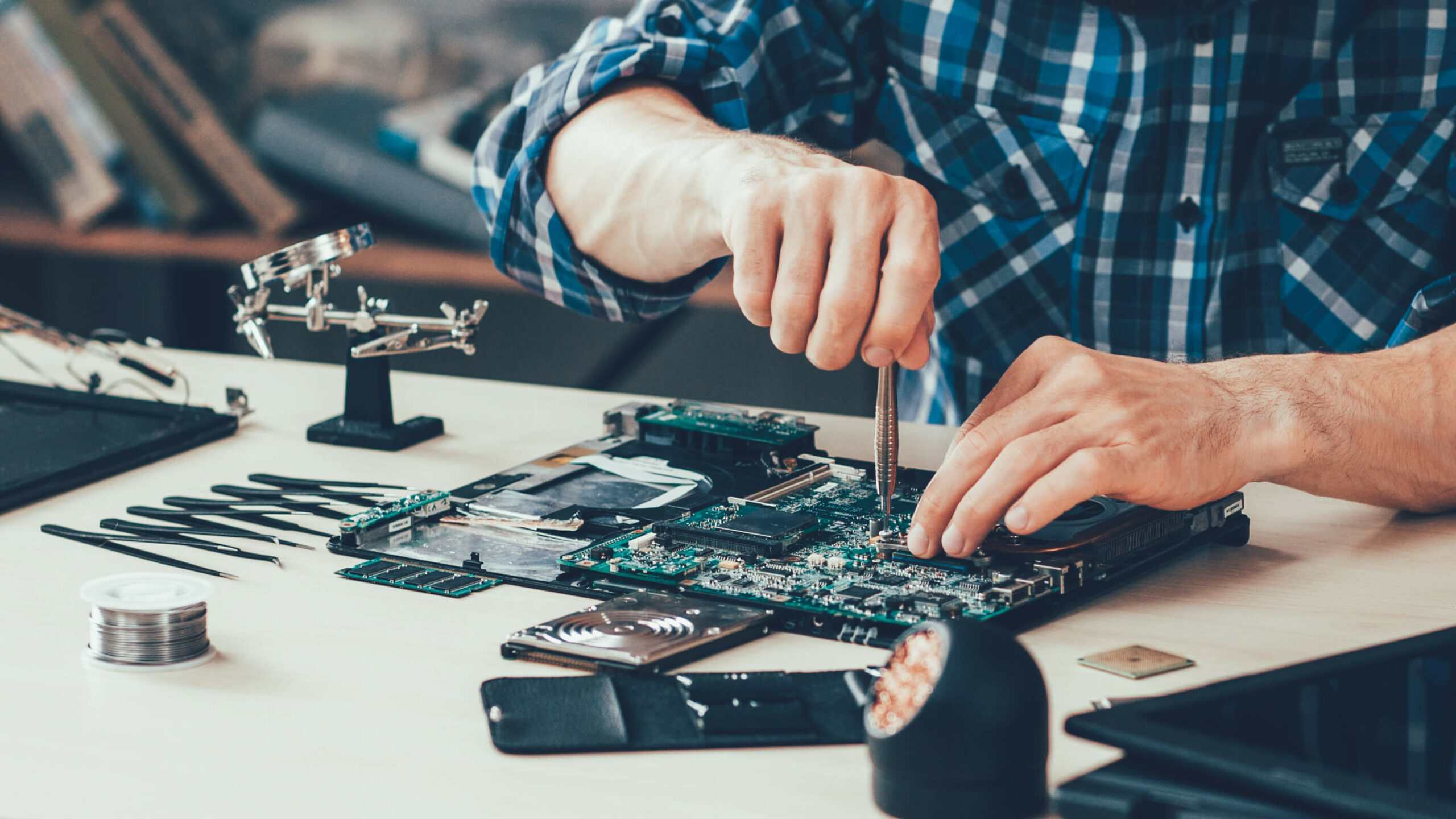Introduction to biophotonics
Overall Course Objectives
The interest for applications of coherent light and optical sensing in biology and medicine has been increasing the past years. This is partly due to the development of new laser systems, partly the development in advanced optical systems and advances non-invasive diagnostics and analysis of biological and medical processes. The course covers the basics of the biochemistry of cells, basic light-matter interactions, basic principles of light sources relevant for biophotonics, photobiology, and basic principles of bio-imaging techniques.
Learning Objectives
- Understand the basic principles of lasers and light sources and their different modes of operation, including coherence, pulsed operation, and principles of frequency conversion.
- Analyze different light-matter interactions, i.e., understanding photobiology, and be able to relate these interactions to the characteristics of the light source.
- Apply basic concepts of bio-imaging techniques.
- Understand the basic concepts in spectroscopy and describe relevant effects, such as absorption spectroscopy, Raman spectroscopy and fluorescence spectroscopy.
- Apply the basic principles of optical biosensing and link these to various spectroscopic techniques.
- Analyze simple exercises within the topics covered in the lectures and discuss the obtained results both orally and in writing.
- Analyze simple optical principles like coherence, interference and diffraction, and determine imaging properties of simple rays in spherical lenses and mirrors
- Evaluate different light tissue interactions, e.g.: Photochemical, thermal, photo induced plasma and photo ablation, and be able to relate these interactions to the characteristics of the light source
Course Content
The lectures will cover the biological background for light interaction between light and soft matter (cells, cells in suspension, or tissue), photobiology and basic spectroscopic techniques. Principles of bio-imaging will be discussed. Furthermore, lasers/light sources will be covered, including basic principles of operation, various laser systems and their potential/relevance for biophotonics. Throughout the course practical examples and demonstrations will be used
whenever possible.
Recommended prerequisites
Basic courses in mathematics and physics
Teaching Method
Lectures and exercises




